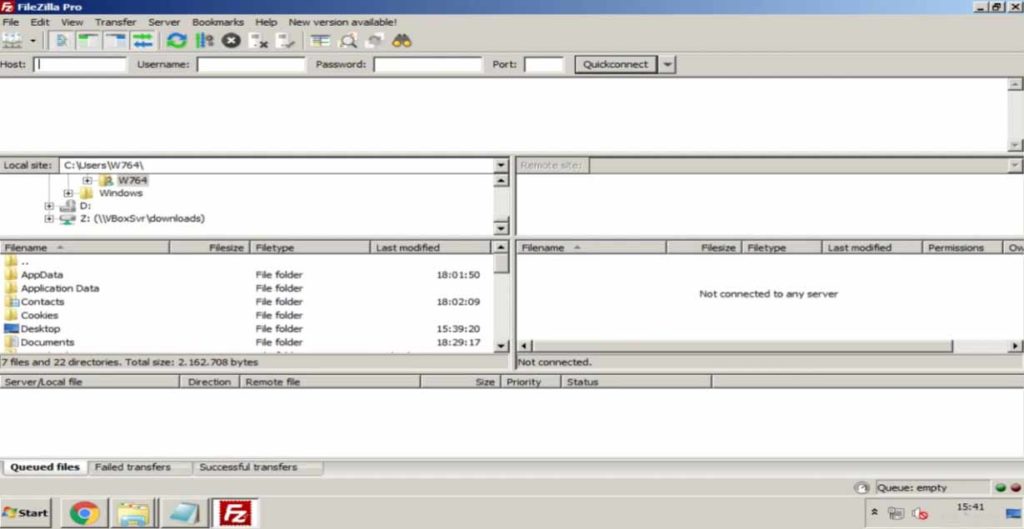
FTP as a transfer protocol does not support multi-factor authentication (MFA) as a part of single sign-on (SSO).If Box FTP Server is disabled, Box displays an Authentication Failed message when you attempt to log in from the FTP client. This option should be set to available by default. To do this, from your Admin Console, in the left navigation click Apps. To access Box's FTP server, you must set Box FTP Server to available.If an Unknown certificate dialog box displays, check Always trust certificate in future sessions.In the Filezilla Site Manager example above, leave the Port field blank as shown so it is handled automatically. Here's Filezilla Site Manager for easy storage/retrieval of your Box FTP settings: Enterprise-level Box Admins can enable unencrypted FTP connections from their Admin Console by going to Enterprise Settings > Security. By default, Box accepts only encrypted FTPS connections. On Windows, by default, FileZilla Server’s service runs as the SYSTEM user hence, if the boot drive is C:\, then the configuration files reside under C:\Windows\System32\config\systemprofile\AppData\Local\filezilla-server.Note Box supports Passive FTP. On Windows, the configuration files for the server reside under %LOCALAPPDATA%\įilezilla-server and the Administration interface’ ones under %LOCALAPPDATA%\filezilla-server-gui, where %LOCALAPPDATA% is the environment variable which expands to the local AppData directory of the user that’s running the FileZilla Server’s service and FileZilla Server’s Administration interface.

config/filezilla-server-gui, where ~ is the home directory of the user that’s running the FileZilla Server’s Administration interface.

On Debian Linux, the configuration files for the server reside under /opt/ filezilla-server/etc/ and the ones for the Administration interface under ~/.The location where configuration files are saved depends on the operating system FileZilla Server is running on.


 0 kommentar(er)
0 kommentar(er)
